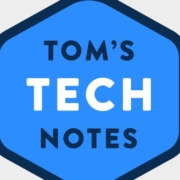Abstract
Cloud-native applications are a type of complex system that depends on the continuous effort of software professionals that combines the best of their expertise to keep them running. In other words, their reliability isn’t self-sustaining, but is a result of the interactions of all the different actors engaged in their design, build, and operation.
Over the years the collection of those interactions has been evolving together with the systems they were designed to maintain, which have been also becoming increasingly sophisticated and complex. The IT service management model, once designed to maintain control and stability, is now fading and giving place to a model designed to improve velocity while maintaining stability. Although the combination of those things might seem contradictory at first, this series of articles tries to reveal the reasons why the collection of practices that today we know as DevOps and SRE (Site Reliability Engineering) are becoming the norm for modern systems.










